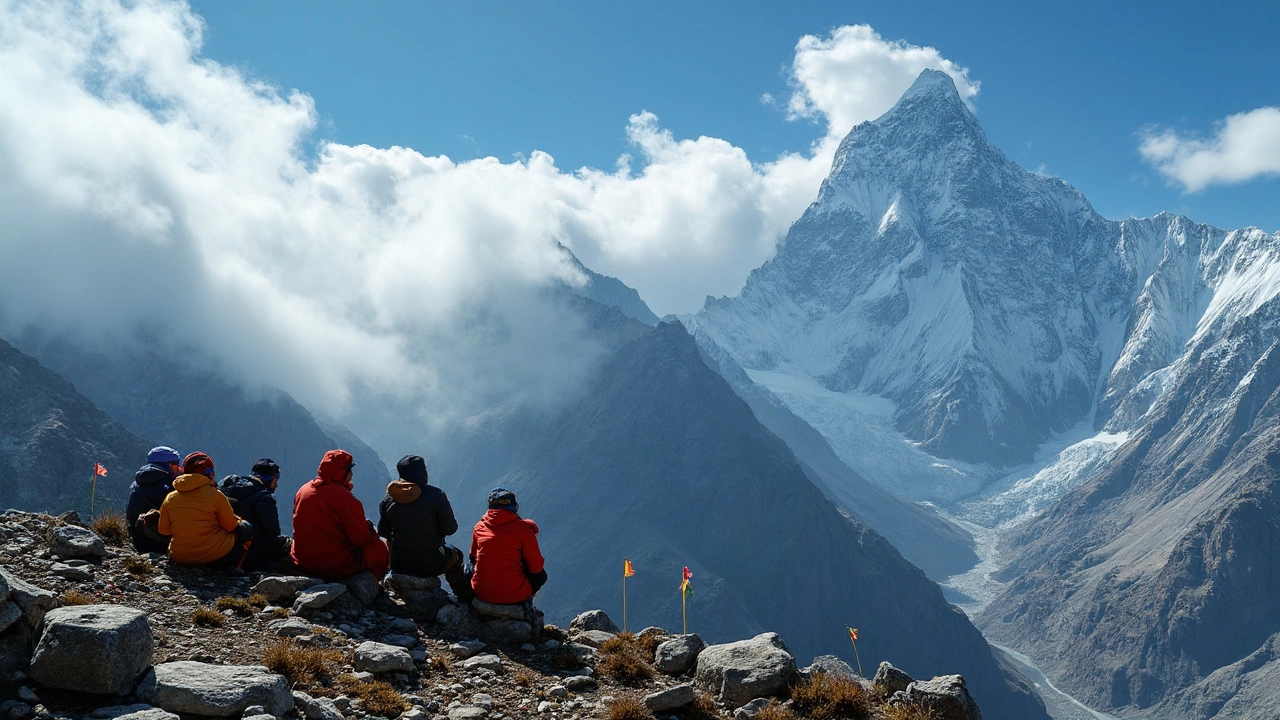SEARCH
Everest Travel Guides: Everything You Need to Know
If you’re thinking about the world’s highest peak, you probably have a mix of excitement and questions. How much will it cost? What gear do you really need? When is the best time to go? This page pulls together the most useful answers so you can plan a smart, safe Everest adventure.
Budgeting for an Everest Expedition
Money talks, especially on an expedition where every extra dollar can mean extra comfort or safety. A typical summit push in 2025 starts around $35,000 for a basic package – that covers permits, guides, food, and basic oxygen. Add on a good quality down jacket, a reliable sleeping bag, and you’re looking at another $2,000‑$3,000. If you want a private tent or a more experienced guide team, expect the total to climb to $50,000 or more. The key is to compare what’s included in each quote: some agencies bundle high‑altitude medical support, while others charge it extra.
Don’t forget the hidden costs. Flights to Kathmandu, visa fees, travel insurance with high‑altitude coverage, and personal items like a camera or extra batteries can add up quickly. A simple spreadsheet can help you track each line item and avoid surprise fees when you’re already on the mountain.
Gear Essentials and Packing Hacks
When you’re at 8,848 m, every gram counts, but you also can’t skimp on safety. Your core gear list should include a four‑season down suit, a lightweight insulated jacket, a wind‑proof shell, and layered base layers that manage sweat. For footwear, a pair of double‑rated mountaineering boots with compatible crampons is non‑negotiable.
Pack smart: use zip‑lock bags to keep everything dry, and label each bag with a color code for quick access. A tip many trekkers forget is to bring a spare set of critical items – extra gloves, a backup headlamp, and a spare pair of goggles can save you a night in the tent if the original gets lost or broken.
Another practical trick is to test every piece of gear at altitude before the summit day. Spend a night at Base Camp or in the Khumbu Icefall region with all your equipment. This gives you a chance to spot any issues and adjust your pack list before you’re locked into a tight schedule.
Timing the climb matters just as much as gear and money. The two main windows – pre‑monsoon (late April to early June) and post‑monsoon (late September to October) – offer the clearest weather. The pre‑monsoon window has more stable temperatures, but crowds can be denser. Post‑monsoon provides quieter routes but colder nights. Check the latest weather forecasts and talk to recent climbers to decide which window fits your comfort level.
Finally, safety is a mindset, not just a checklist. Acclimatization is the biggest enemy of altitude sickness. Follow the “climb high, sleep low” rule, keep hydration up, and listen to your body. If you feel severe headache, nausea, or shortness of breath, descend immediately – no summit is worth a life‑changing injury.
With the right budget plan, gear strategy, and timing, Everest becomes a realistic goal rather than a distant dream. Use the guides linked on this page to dive deeper into each topic, and start turning that summit vision into a concrete plan.

Is Kanchenjunga Harder Than Everest? Trekking Realities Compared
Ever wondered whether climbing Kanchenjunga really gives Everest a run for its money? This article strips away the myths and straight talk about what makes Kanchenjunga and Everest different in terms of trekking challenges. We’ll dig into terrain, weather, technical demands, and what it actually feels like to set foot on these legendary trails. Expect concrete tips and honest insights from real trekkers. If you're eyeing a big Himalayan adventure, you’ll find out which peak—and trek—suits your guts, skills, and goals.
Continue reading